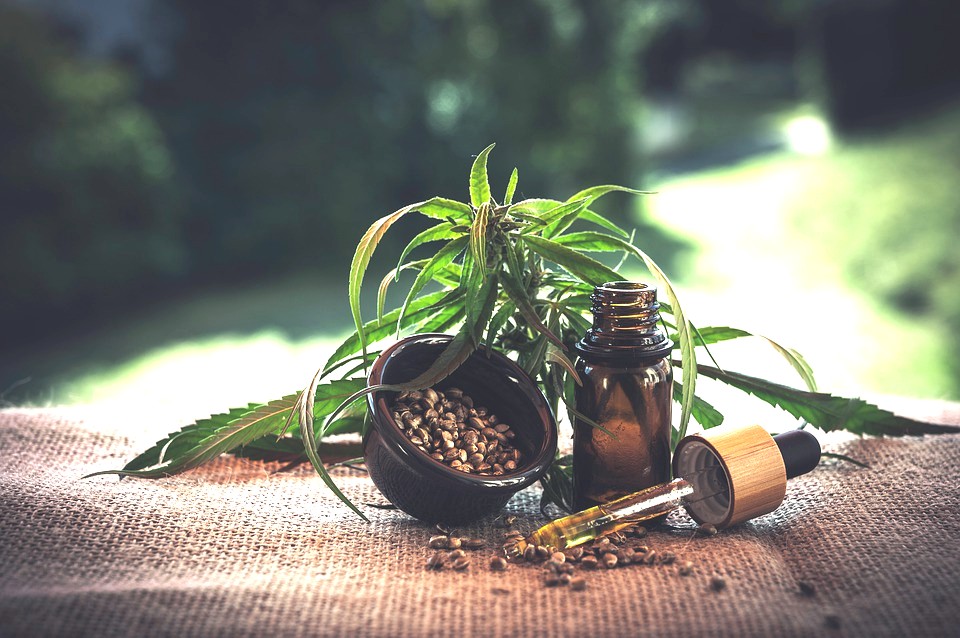I heart hemp. New U.S. Department of Agriculture (USDA) interim rules clarify how hemp plants should be monitored under federal law, including how they should be tested for tetrahydrocannabinol, or THC, the compound that contributes to a cannabis user’s high. For the full rules and regulations, visit www.ams.usda.gov/rules-regulations/hemp/rulemaking-documents.
Before we get into the weeds, pun-intended, of this new guidance, let’s define hemp. Cannabis is a family of plants. Hemp and marijuana are two different species of plants within that loving family. Although hemp products, like marijuana, are derived from cannabis plants, they have very low levels of THC and an impressive range of uses, from rope to textiles to food to plastics to soap to construction materials to batteries to medicine to fabrics. Hemp can also be used to make biodiesel fuel and animal feed. Hemp seeds are also an excellent source of vegetarian/vegan protein.
As you can see, hemp is remarkably versatile, and cannabidiol, or CBD, has proven health benefits. The hemp industry estimates it could grow nationally to be a $1.9 billion market by 2022.
Industrial hemp is defined as “Cannabis sativa L.” and required to be below a THC threshold of 0.3%. The 2018 Farm Bill legalized the production (growing) of hemp as an agricultural commodity while removing it from the list of controlled substances. Plants with a higher THC concentration are considered marijuana, and a controlled substance.
Passed by a wide bipartisan majority (386-47 in the House and 87-13 in the Senate), the hemp provisions in the 2018 Farm Bill are as follows:
Section 12619 of the 2018 Farm Bill amends the Controlled Substances Act in two ways:
- It removes hemp from the definition of marijuana in section 102(16) of the Controlled Substances Act, 21 U.S.C. § 802(16).
- In listing THC as a Schedule I controlled substance in section 202(c) of the Controlled Substances Act, 21 U.S.C. § 812(c), it creates an exception for tetrahydrocannabinols in hemp.
While the 2018 Farm Bill passed in December 2018, it wasn’t until this final interim rule was published in the Federal Register recently that hemp growers as well as financial institutions and manufacturers could get a sense of direction from the federal government over hemp.
The publication of the final rule in the Federal Register officially establishes the U.S. Domestic Hemp Production Program. This program “creates a consistent regulatory framework around hemp production throughout the United States,” according to the USDA.
In order to produce hemp, a farmer must first be licensed or authorized under a state or tribal hemp program or through the USDA hemp program. Three states – Idaho, South Dakota, and my home state of Missouri – don’t have state-based hemp plans and prohibit the production of hemp. Forty-seven states have passed laws to establish hemp production programs. Stay tuned to www.newsmunchies.com for the latest developments affecting the burgeoning hemp industry.
